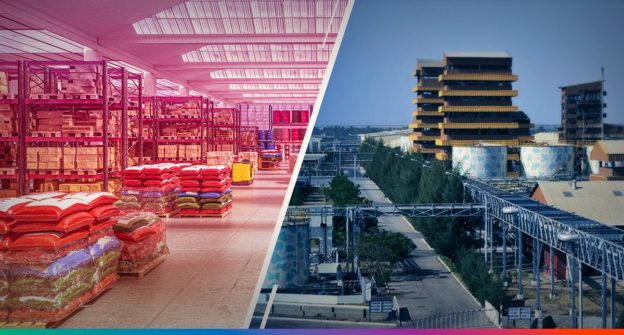Of the many changes (voluntary or otherwise) accelerated by the COVID19 pandemic, a particular one is our rising dependence on online shopping and timebound (even same day) deliveries. This blessing in disguise for the E-Commerce sector seems to have made India’s warehousing dream becoming a reality, faster than one could have imagined. For an asset class neglected until a few years ago, changing consumer behaviors has opened the floodgates of new growth opportunities.
Warehousing, as an independent sector, came into the spotlight with the implementation of Goods and Services Tax (GST) Act in 2017. The legislation, regarded by many, as the biggest tax reform since India’s independence created a demand for large scale regional warehouses (aka distribution centres) in contrast to current small(er) warehouses (an outcome of state-controlled tax regimes). This set the ball rolling for customized warehousing solutions as a subset to broader supply chain solutions. Ever since the demand for modern warehouses have been rising steadily, so much so that it has attracted billion-dollar investments from global private equity giants.
Given India’s renewed vision to position itself as a strong market in global value chain, this appetite is expected to grow considerably. Instead of building standalone warehousing complexes, this decade will witness development of large-scale multi-modal logistics parks (MMLP). Located strategically. i.e. close to either production or consumption centers, these MMLP’s, would enhance first/last-mile delivery and serve as a ‘solution under one roof’ for entire supply chain infrastructure.
Imagine a single-location cluster of state-of-the-art warehouses, each catering to diverse industries. From agricultural produce to cold chain and industrial goods to e-commerce product basket, demand will determine the diversification of every asset, which presently is controlled by the lack of right infrastructure in the right place. This would eventually mean that customers, irrespective of where they live, will get what they want, along with the benefits of improved logistics cost efficiencies.
At the same time, this trend is likely to even out project delays (e.g. land acquisition) and resultant cost escalation considering the government’s focus to keep project-ready land parcels available. Given the capital-intensive nature of warehousing projects, this approach is also likely to boost investors’ confidence and bolster FDI flow in the infrastructure sector.
By the time all of this unfolds to its full potential, no other market in the world in terms of consumption would be as big as India. Going by global industry projections, India’s population will be 1.6 billion by 2050 which means one in three middle-class consumers in the world, would be an Indian. The retail segment alone is likely to be worth 8 to 10 trillion dollars.
I am personally excited about this, because I can foresee the significant contributions, we can continue making towards building a new India given our diverse portfolio and supply chain ecosystem to leverage these opportunities.
- 11 ports that account for 24% of India’s cargo capacity
- Largest private and most diversified rail operator, comprising 60 rakes connecting vast economic hinterlands
- 7 airports with dedicated Air Freight Stations
- Strategic land banks close to major consumptions centres
These are signs that make me bullish about India’s warehousing sector and push me to dream bigger.
“To accomplish great things, we must not only act, but also dream; not only plan, but also believe.”
– Anatole France
https://www.linkedin.com/pulse/how-indias-warehousing-dream-became-bigger-karan-adani/?trackingId=n64bIWvBfruVYsu8DR%2B%2FPw%3D%3D





